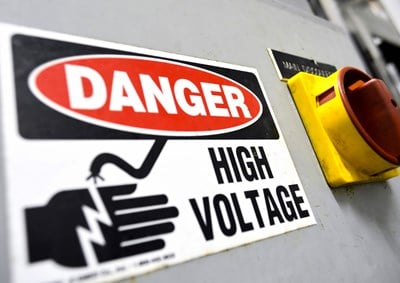Broken bones (also called fractures) are a common injury for adults and children. They may be caused by falls, motor vehicle crashes, direct blows and even intentional injuries, such as violence and child abuse.
Broken bones are a common injury for children under age 10. Children have additional risks associated with breaking bones, because their bones are still growing; this includes damage to growth plates and growth at wrong angles. Women who have gone through menopause also are at increased risk because they lose bone mass and their bones become weaker. Bones can be strengthened throughout life, however, through weight-bearing exercise and calcium diet supplements.
Symptoms of a broken bone include swelling, bruising and being unable to put weight on it or use it for normal movement. Do not move a person with a broken bone unless you are in a life-threatening situation involving further potential harm to the injured person (such as a car accident that results in a car fire), especially someone with a head, neck or back injury or a hip or pelvis fracture.
If it becomes necessary to move someone with a broken bone, immobilize the injured area first with a splint. If you don’t have a splint, make one using a folded newspaper, board or rolled up piece of clothing. In addition:
- Splint the injury in the position it was found in.
- Splint above and below the fracture site. Pad the splints to reduce discomfort.
- Do not try to realign the body part. However, if circulation is poor and the skin is turning pale, and no medical assistance is available, gently moving the injured part back into its normal position may improve circulation.
- Avoid making the splint too tight, which can cut off circulation. Check for circulation, numbness, warmth and skin color.
- If the bone is sticking out from the skin (open fracture), do not try to push it back in. Use a clean, dry cloth or bandage to cover it until medical help arrives.
- Apply ice pack to reduce swelling (except for small children and not directly on the skin).
- Stop any bleeding by gently applying pressure to the wound with a sterile bandage or clean cloth.
- Prevent shock.
Tips for specific body parts:
- If a finger appears to be broken or dislocated, tape the injured finger to the finger next to it. For an injured thumb, a splint may be used.
- For a broken leg, use a triangular bandage to bind the injured leg to the uninjured leg.
- For a broken ankle/foot, use a soft splint (a pillow or a heavy towel) to immobilize the area. The person’s shoe should not be removed.
- Most rib fractures heal on their own within two months. However, in rare instances, broken ribs can puncture the lungs and cause internal bleeding. If you suspect someone has a rib fracture, position a pillow or folded blanket between the area where pain is occurring and the arm, then bind the arm to the body to support the injured rib area.
 American College of Emergency Physicians
American College of Emergency Physicians







